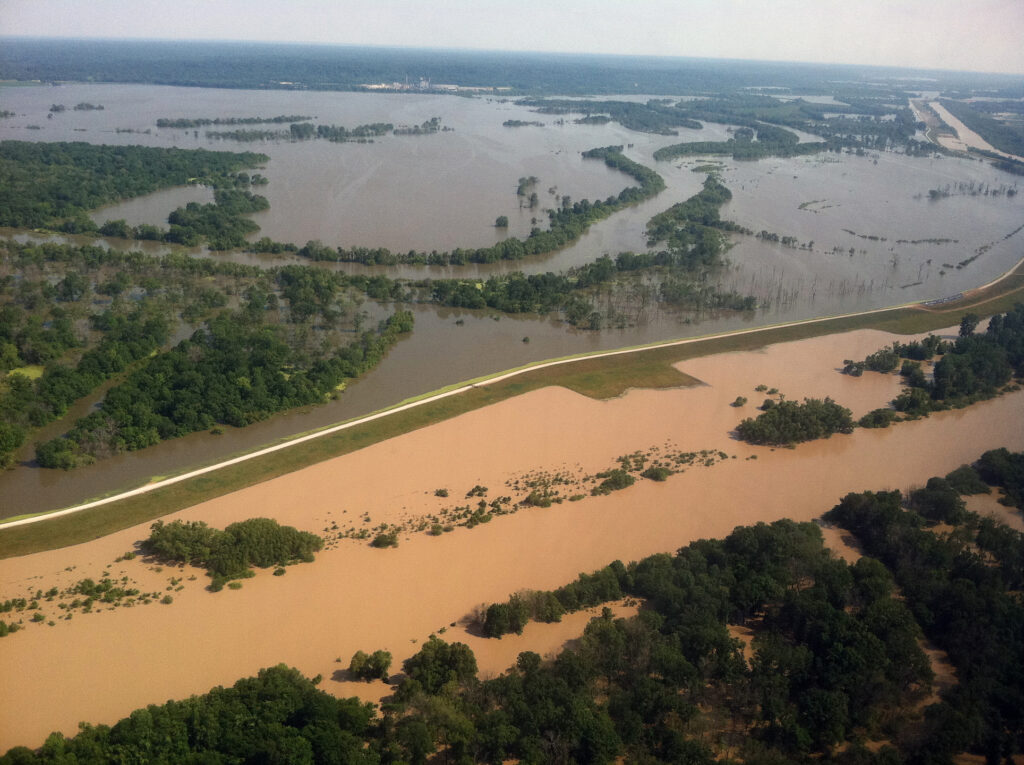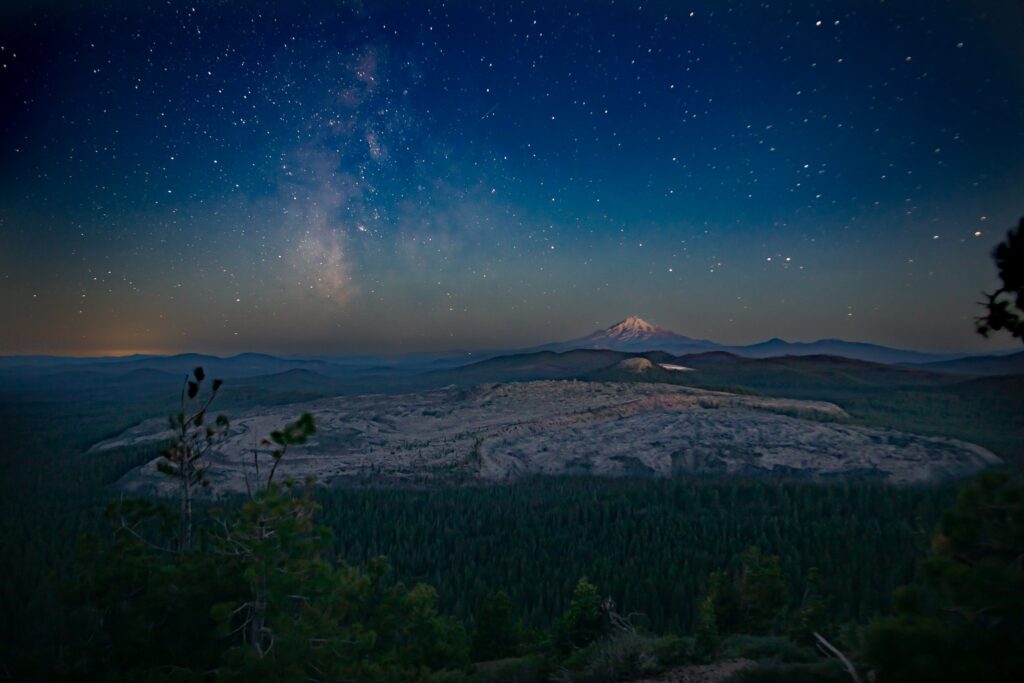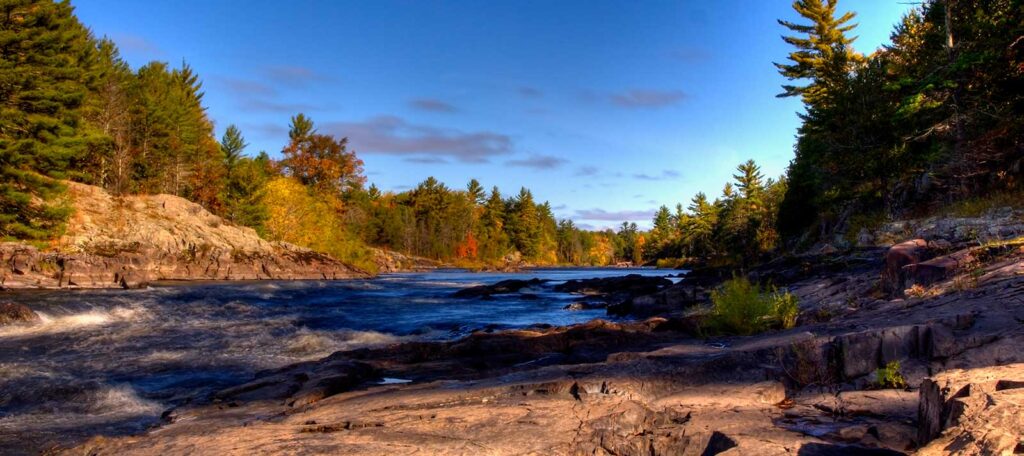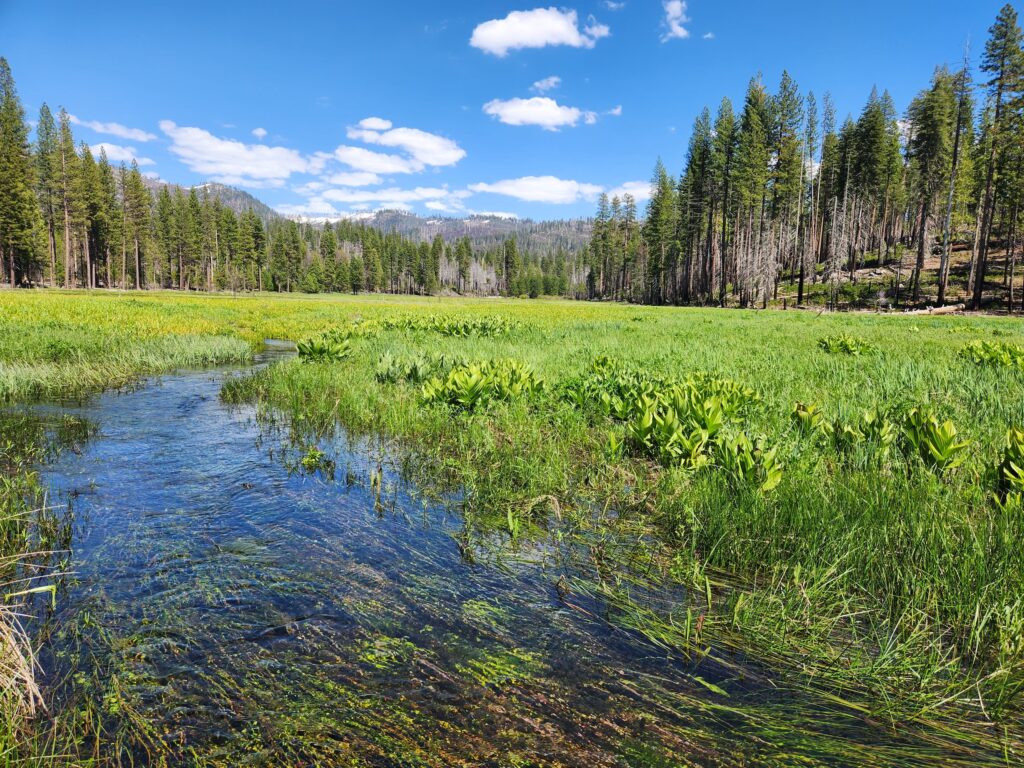
What are wetlands? Why are they so important? Here’s what you need to know about wetlands and why they are vital to rivers and your clean water.
1. What are wetlands?
A wetland is a low-lying area of land that is saturated with water, either permanently or seasonally. You can’t really talk about wetlands without streams. Small streams and wetlands are where a multitude of our rivers and lakes originate from. Some are so small they don’t even show up on a map yet these headwaters heavily influence the character and quality of things downstream.
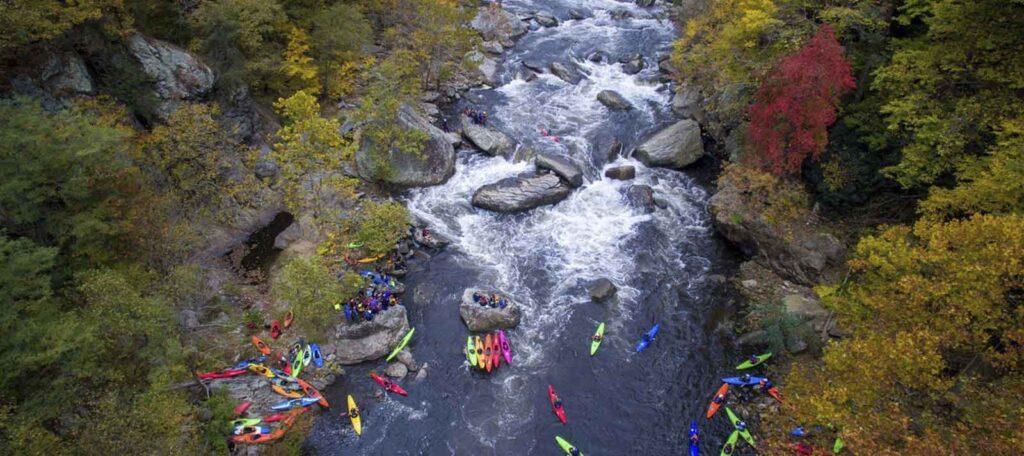
Let's Stay In Touch!
We’re hard at work for rivers and clean water. Sign up to get the most important news affecting your water and rivers delivered right to your inbox.
2. Why are wetlands important?
Wetlands play a vital role in improving water quality, controlling floods, providing habitat, and supporting the overall health and function of the ecosystem. Consider this:
- Wetlands are the first line of defense for communities facing severe weather.
- Coastal wetlands physically slow down storms by impeding their path to land and minimize their full force.
- Freshwater wetlands and headwater streams inland act as sponges, absorbing significant amounts of rainwater and runoff before flooding can occur.
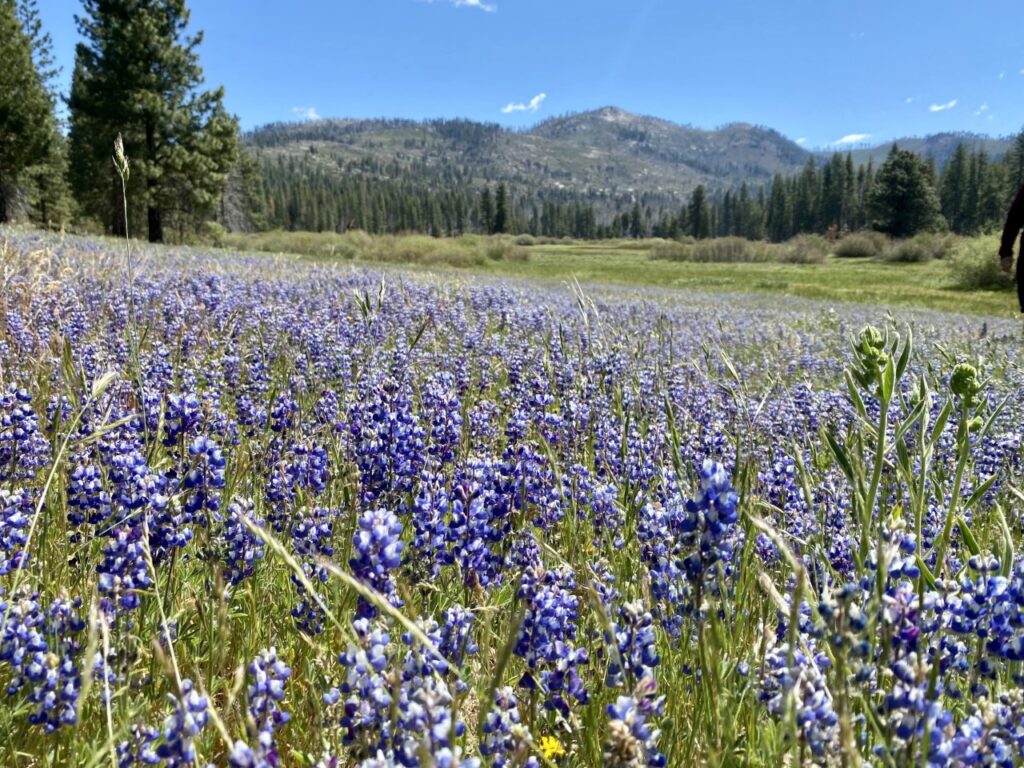
Ackerson Meadow Restoration Project
The Ackerson Meadow Restoration Project is a wetland and riparian habitat restoration project with extraordinary benefits to wildlife including multiple State and Federal listed species and species of special concern. Restoring Ackerson Meadow will also provide multiple benefits for climate resiliency, water quality and supply, flood attenuation, carbon sequestration, and biodiversity.
3. Why is it important to prioritize restoring and protecting wetlands?
Ensure access to clean water
Healthy wetlands and streams are critical to healthy downstream rivers, lakes, and estuaries. These headwaters have proven especially important because of their significant capacity to store and transform nutrients, specifically nitrogen and phosphorus. Without wetlands absorbing these nutrients, downstream waters would receive elevated amounts of nitrogen and phosphorus that cause nasty algal blooms and low oxygen levels in downstream waters. Protecting and restoring wetlands ensures wildlife and humans who depend on rivers for clean, safe drinking water continue to thrive.
Mitigate Climate Change
The effects of climate change will continue exacerbating extreme weather events, such as fires in California, hurricanes in the Southeast, and drought across the country. Draining wetlands, drying up streams, and paving over floodplains have destroyed the habitats fish, birds, and wildlife need to nest, feed, reproduce, and thrive. Protecting and restoring rivers and their headwaters is the best defense against climate change.
Protect habitats and biodiversity
Small streams and wetlands offer an enormous array of habitat for plant, animal, and microbial life. These small freshwater systems provide shelter, food, and protection from predators as well as spawning sites and nursery areas for fish. In fact, many species depend on small streams and wetlands at some point in their life history. Amphibians such as frogs and salamanders rely heavily on these aquatic systems for some part of their life cycle. While fish such as trout require these cool, small streams for both habitat and spawning sites.

